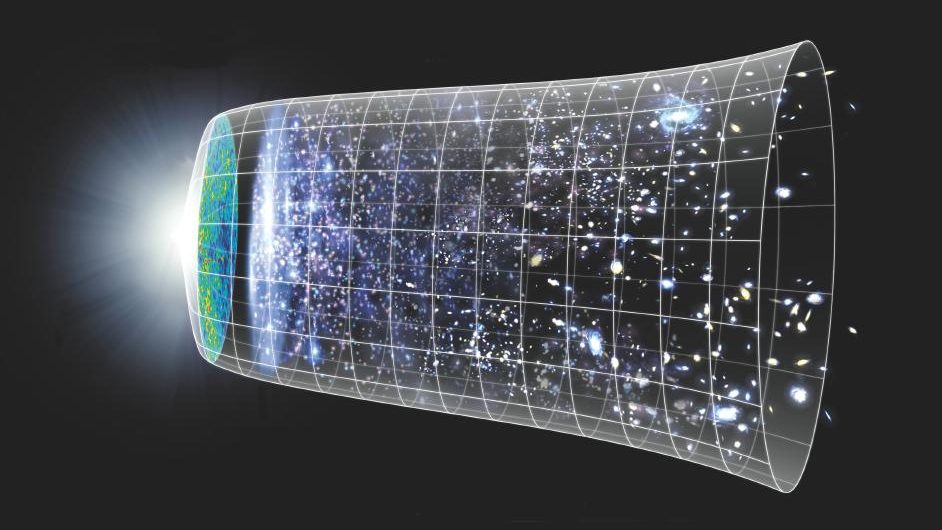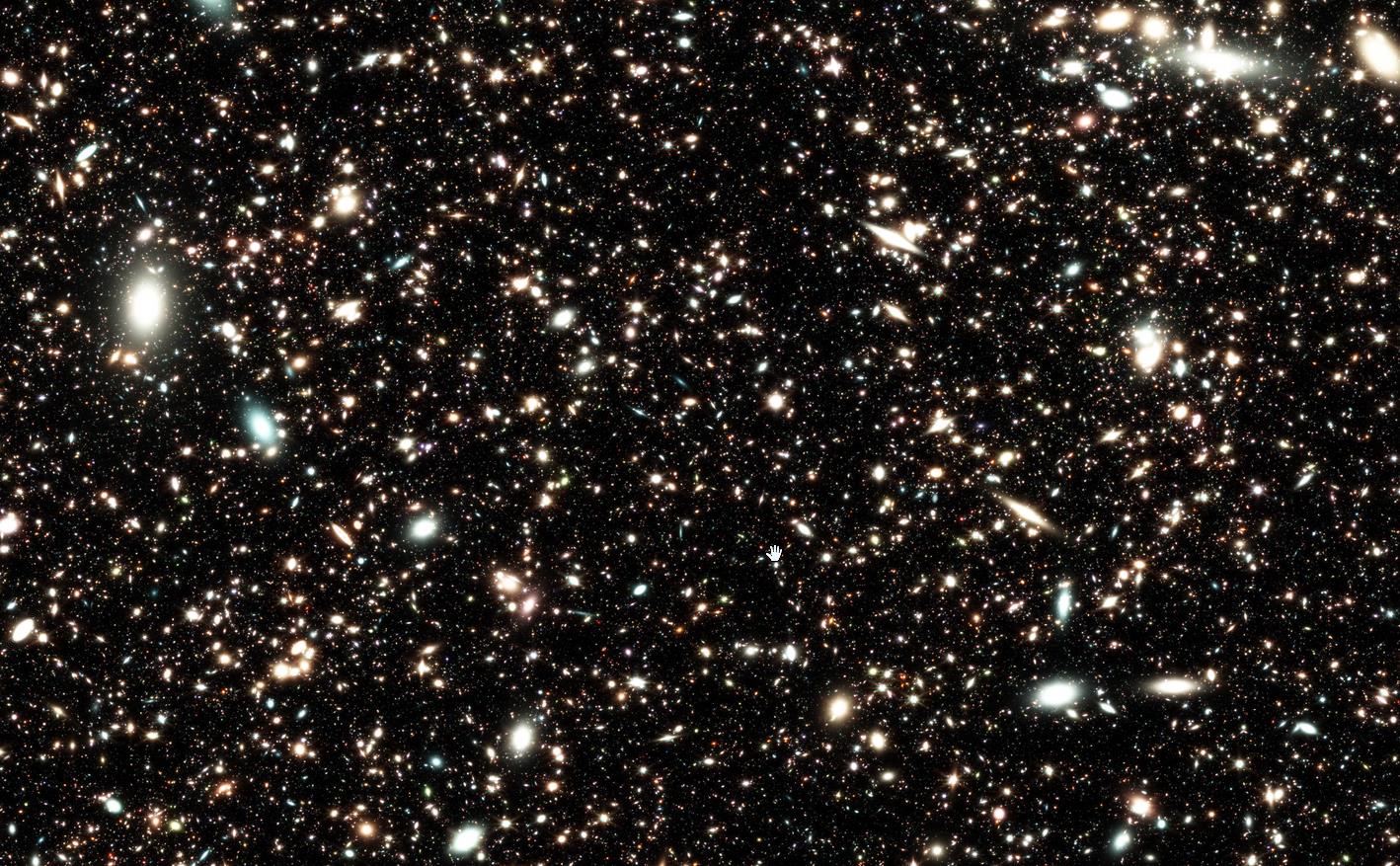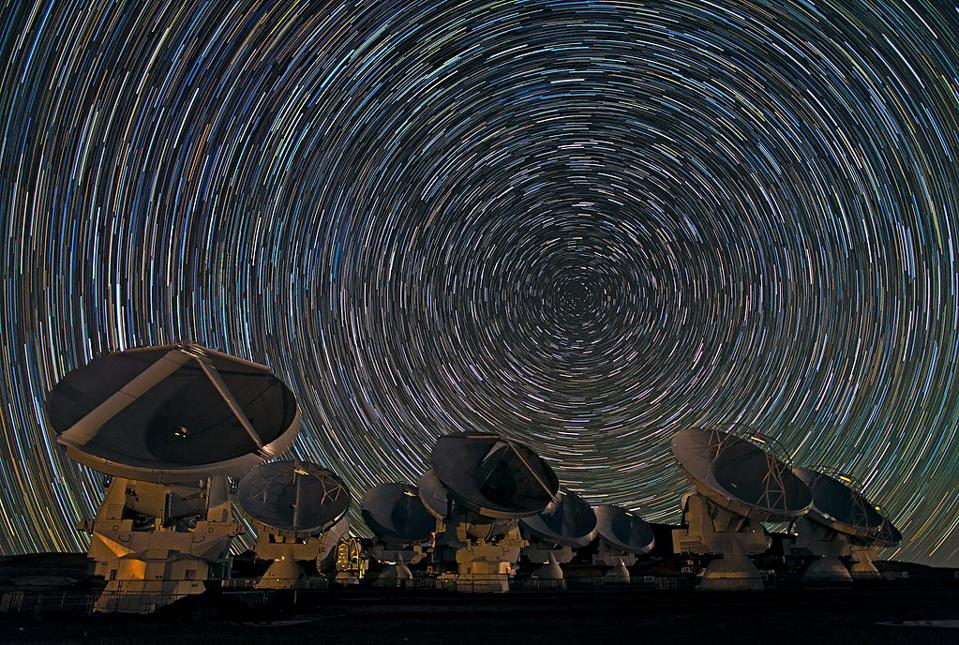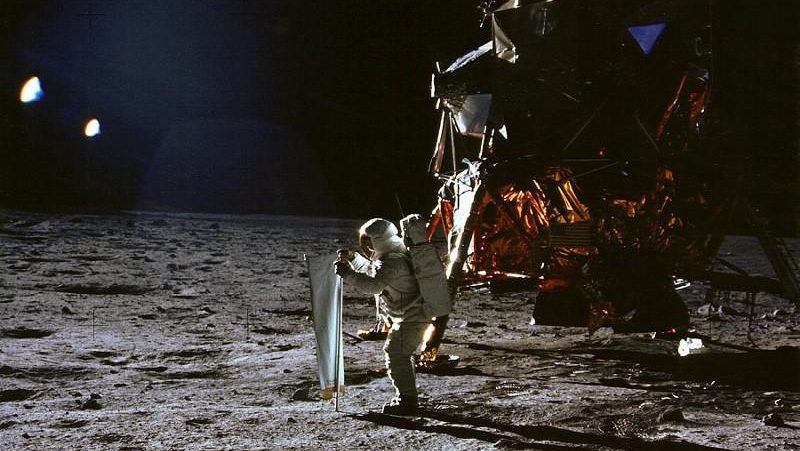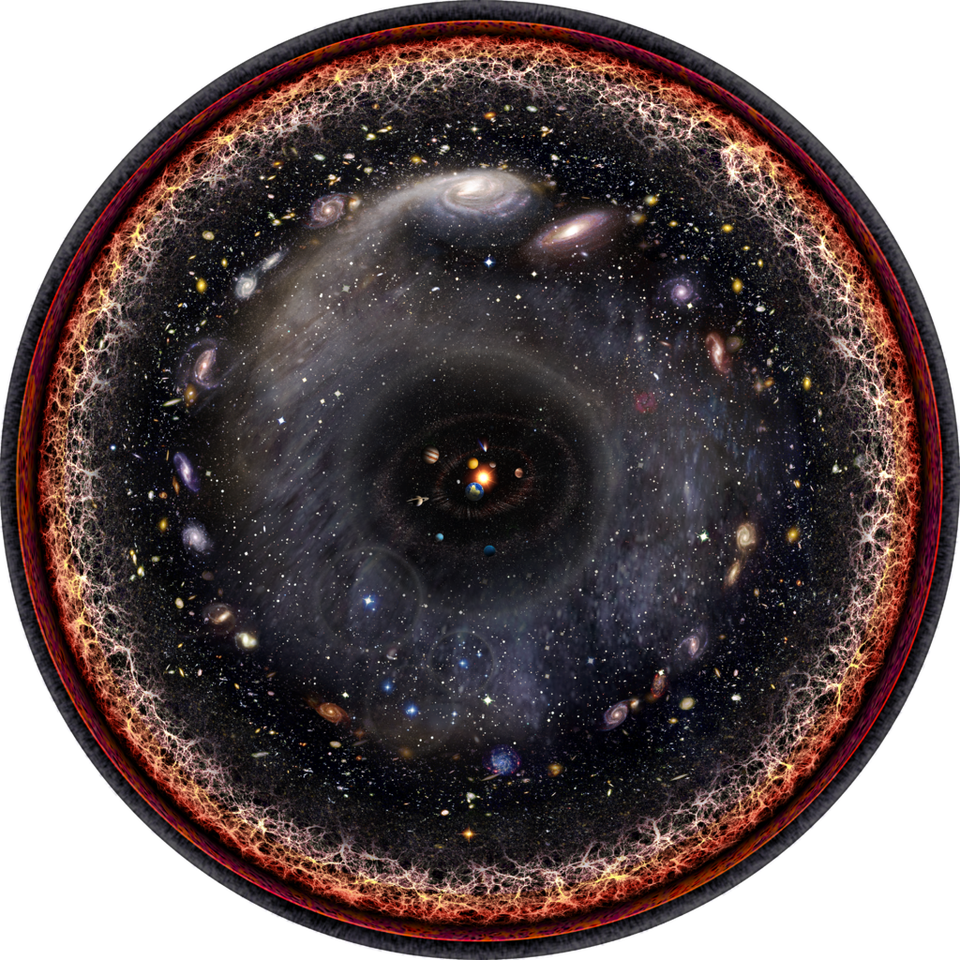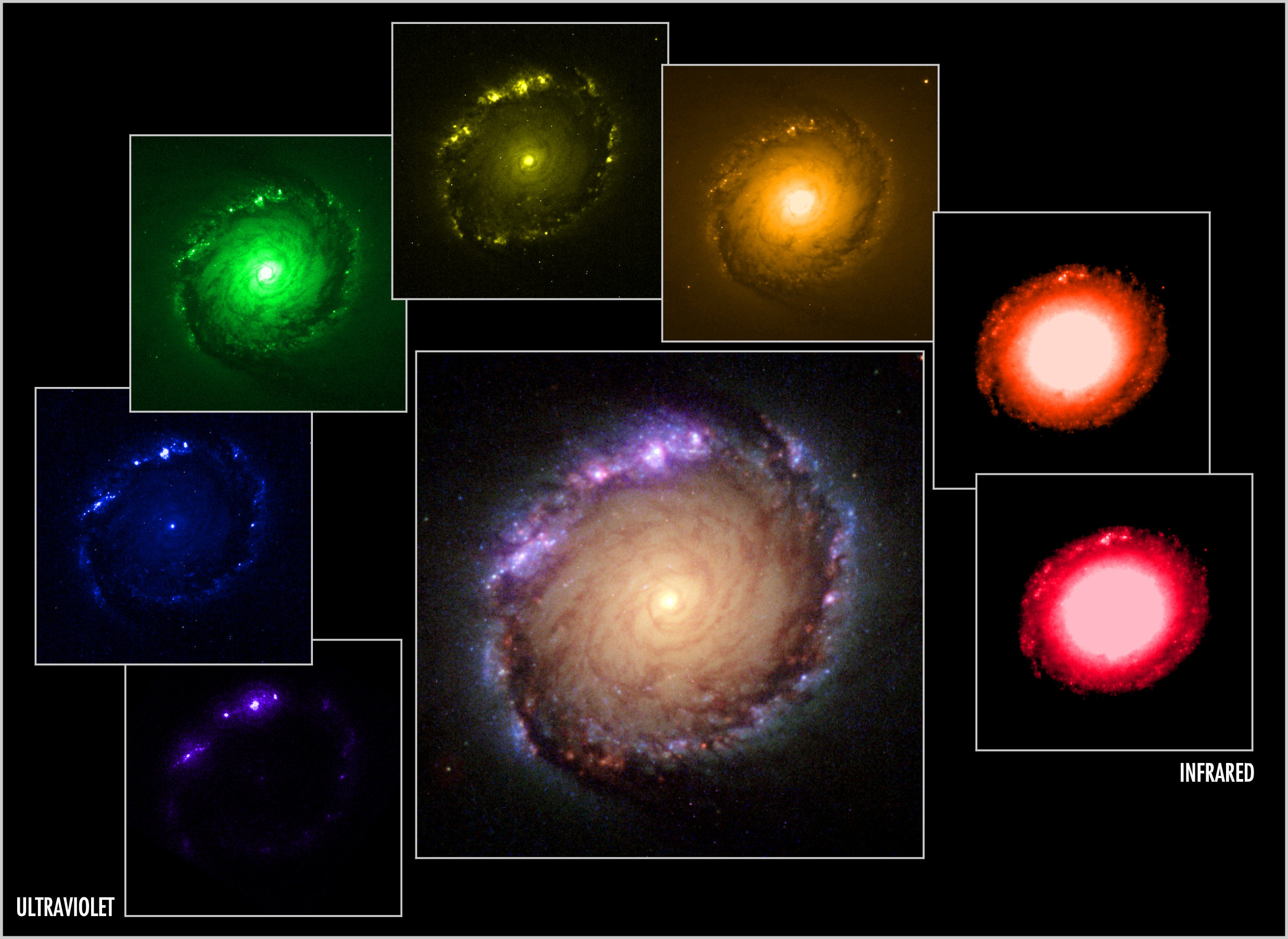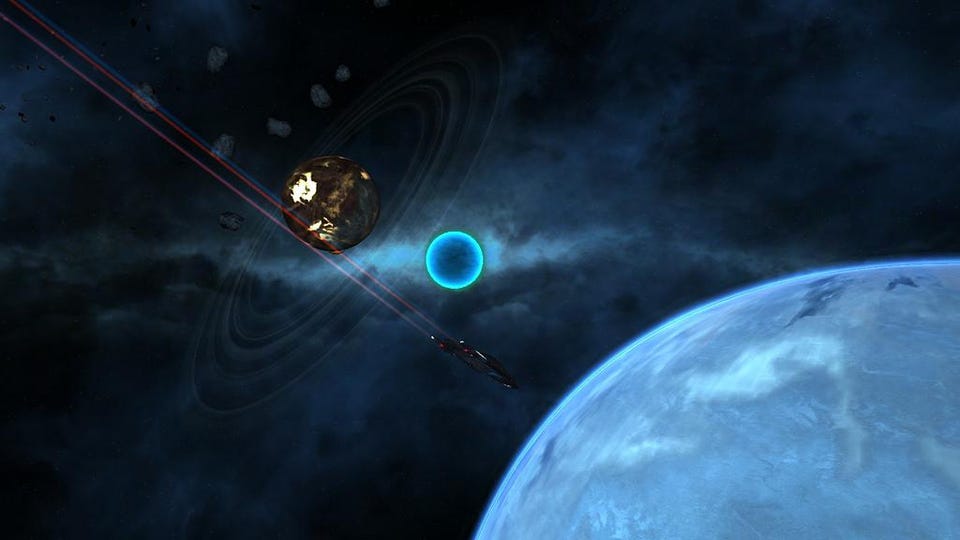
The Universe is out there, waiting for you to discover it.
Our mission: to answer, scientifically, the biggest questions of all.
- What is our Universe made of?
- How did it become the way it is today?
- Where did everything come from?
- What is the ultimate fate of the cosmos?
For countless generations, these were questions without resolutions. Now, for the first time in history, we have scientific answers. Starts With A Bang, written by Dr. Ethan Siegel, brings these stories — of what we know and how we know it — directly to you.
Get Starts With A Bang in your inbox
Featured
Why power generated through nuclear fusion will be the future, but not the present, solution to humanity’s energy needs.
It’s a strange idea to consider: that a tiny building block of matter, the atomic nucleus, holds the greatest potential for energy release.
And yet, it’s true; while electron transitions in atoms or molecules typically release energy on the order of ~1 electron-Volt, nuclear transitions between different configurations release energies a million times as great, on the order of ~1 Mega-electron-Volt.
Popular
From before the Big Bang to the present day, the Universe goes through many eras. Dark energy heralds the final one.
A wild, compelling idea without a direct, practical test, the Multiverse is highly controversial. But its supporting pillars sure are stable.
The surface and atmosphere is colored by ferric oxides. Beneath a very thin layer, mere millimeters deep in places, it’s not red anymore.
The first supernova ever discovered through its X-rays has an enormously powerful engine at its core. It’s unlike anything ever seen.
Just 13.8 billion years after the hot Big Bang, we can see 46.1 billion light-years away in all directions. Doesn’t that violate…something?
All Stories
Hubble’s deepest views of space revealed fewer than 10% of the Universe’s galaxies. James Webb will change that forever.
In terms of the planets we’ve discovered, super-Earths are by far the most common. What does that mean for the Universe?
On the largest scales, galaxies don’t simply clump together, but form superclusters. Too bad they don’t remain bound together.
If you want to understand what the Universe is, how it began, evolved, and will eventually end, astrophysics is the only way to go.
At a fundamental level, nobody knows whether gravity is truly quantum in nature. A novel experiment strongly hints that it is.
In 1990, we only knew of the ones in our Solar System. Today, we know of thousands, and that’s just the tip of the iceberg.
We frequently say it’s 2.725 K: from the light left over all the way from the Big Bang. But that’s not all that’s in the Universe.
Even though no human has stepped foot on the Moon’s surface in 50 years, the evidence of our presence there remains unambiguous.
There are two fundamentally different ways of measuring the Universe’s expansion. They disagree. “Early dark energy” might save us.
The first supernova ever discovered through its X-rays has an enormously powerful engine at its core. It’s unlike anything ever seen.
The Solar System isn’t a vortex, but rather the sum of all our great cosmic motions. Here’s how we move through space.
Some stars burn through their fuel as expected, and die of natural causes. But others, instead, get murdered. Here’s their story.
With advanced laser technology and an appropriate sail, we could accelerate objects to ~20% the speed of light. But would they survive?
Particle physics needs a new collider to supersede the Large Hadron Collider. Muons, not electrons or protons, might hold the key.
From before the Big Bang to the present day, the Universe goes through many eras. Dark energy heralds the final one.
Known as primordial black holes, they could thoroughly change our Universe’s history. But the evidence is strongly against them.
For many, it was just a successful launch like any other. But for scientists around the globe, it was a victory few dared to imagine.
Even with leap years and long-term planning, our calendar won’t be good forever. Here’s why, and how to fix it.
A wild, compelling idea without a direct, practical test, the Multiverse is highly controversial. But its supporting pillars sure are stable.
Developing an awareness of and an appreciation for science is what we all truly need, not what we’ve been doing.
The surface and atmosphere is colored by ferric oxides. Beneath a very thin layer, mere millimeters deep in places, it’s not red anymore.
We know it couldn’t have began from a singularity. So how small could it have been at the absolute minimum?
We don’t know with 100% certainty where SARS-CoV-2 first came from or how it first infected humans. But not all options are equally likely.
With launch, deployment, calibration, and science operations about to commence, here are 10 facts that are absolutely true.
The photometric filters for the Vera Rubin Observatory are complete and showcase why they are indispensable for astronomy.
Life arose on Earth very early on. After a few billion years, here we are: intelligent and technologically advanced. Where’s everyone else?
How can you “touch the Sun” if you’ve always been inside the solar corona, yet will never reach the Sun’s photosphere?
From exoplanets to supermassive black holes to the first stars and galaxies, Webb will show us the Universe as we’ve never seen it before.
After more than two decades of precision measurements, we’ve now reached the “gold standard” for how the pieces don’t fit.
After decades of development, whether NASA’s Webb succeeds or fails all comes down to five critical milestones that are only days away.




